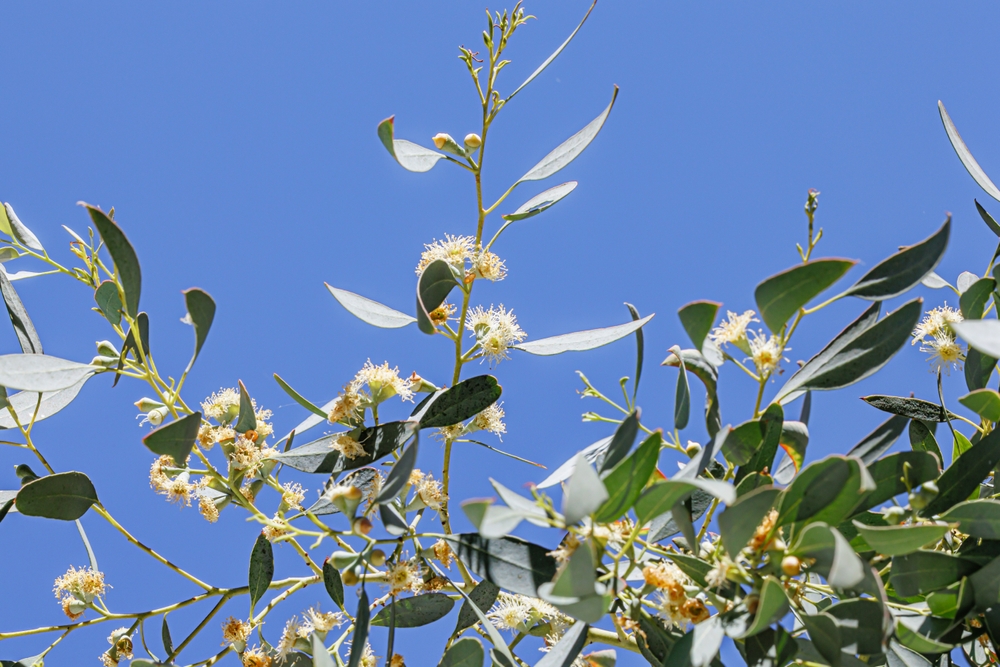Trees are the heart of Tamborine Mountain’s landscape, providing shade, stability and an ecosystem for native wildlife. However, without proper pruning and maintenance, even the healthiest trees can become vulnerable to decay, disease and storm damage. At Lance’s Tree Care, we’ve seen how thoughtful tree pruning in Tamborine Mountain and professional upkeep extend the life of local trees. The result? Safer, more beautiful residential and commercial landscapes. Whether you’re managing mature eucalypts, fruiting species or ornamental garden trees, knowing when and how to prune is essential to preserving natural beauty.
Below, we share our expert insights into when and how to prune, the right techniques for encouraging healthy growth and practical care strategies for the native and common species that define a lush canopy.

Pruning is one of the most powerful ways to support a tree’s long-term health, structure and appearance. Yet, it’s often misunderstood. When you prune can affect how a tree responds to environmental stress. Pruning isn’t just about keeping your landscape neat; it’s about working with nature’s rhythm. With local knowledge and careful observation, you can help your trees stay strong, safe and beautiful all year round.
Understanding seasonal effects is essential for effective pruning. Temperature shifts, humidity and rainfall play a role in how quickly a tree heals after pruning. Cutting at the wrong time can leave trees vulnerable to disease or decay, while pruning during their optimal phase encourages new growth and stronger branch development. By aligning pruning schedules with local seasonal patterns, homeowners can promote stronger, healthier growth that’s better suited to the region’s conditions.
Like people, trees need different kinds of care as they grow. The way you prune a newly planted sapling should never mirror the way you approach a decades-old gum tree. Young trees need shaping and guidance to establish a solid structure, while mature trees require preservation and subtle intervention to prevent decline. The level of pruning depends on the tree’s age, root development and growth rate. As experts, we assess each tree’s life stage before making a single cut. Understanding these growth phases helps preserve the tree’s long-term health and natural form.
Sometimes, it’s not the calendar but the tree itself that tells you when pruning is due. Trees often “speak” through signs of stress or hidden hazards if you know what to look for. Ignore these signs, and small problems can quickly grow, from pest infestations to dangerous falling branches. Recognising these health and safety indicators allows timely intervention, preventing risks to your property and maintaining vitality. Identifying these red flags ensures pruning happens at the ideal moment. Look for:
Every branch removed or retained affects the way a tree distributes energy, resists disease and responds to the surrounding environment. The goal isn’t simply to shape a tree aesthetically; it’s to help it thrive naturally by supporting strong branch structures, promoting airflow and minimising the risks of fungal infection, decay or storm damage. In this section, we’ll explore the core techniques that keep trees strong and healthy year after year.
Crown thinning and shaping are two of the most effective techniques for improving a tree’s structure, light balance and overall appearance. Over time, canopies often grow too dense, trapping humidity and cutting off airflow. This environment encourages fungal growth, pest infestations and branch crowding. When done correctly, crown thinning and shaping promote healthy new growth and help trees withstand wet seasons and strong winds. This technique helps:
Deadwood removal is one of the most important yet overlooked aspects of tree maintenance. or decaying branches weaken structural integrity, invite pests and pose safety hazards. Removing them redirects energy into healthy growth and reduces the risk of breakage. Professional removal ensures:
Formative pruning lays the groundwork for long-term stability and strength. In the early stages of growth, young trees are flexible and responsive, an ideal time to guide their form and prevent weak joints or unbalanced canopies later on. Structural pruning, applied as trees mature, focuses on strengthening key limbs and maintaining an even distribution of weight across the canopy. Its principles include:
Pruning and tree maintenance require more than just skill; they depend on proper equipment and a strong commitment to safety. With the correct tools and preparation, even large jobs can be handled safely and efficiently.
Choosing quality tools helps maintain cutting accuracy and tree health. Some of the key implements include:
Tree maintenance can involve heights, falling debris and sharp tools, so protective gear is non-negotiable. We use:
Even with the right gear, pruning must follow strict safety standards to prevent accidents:

Tamborine Mountain is home to one of the most diverse and beautiful tree landscapes, where lush rainforests meet ornamental gardens and native bushland. The region’s unique elevation, fertile volcanic soils and mild subtropical climate create an environment where native and introduced species thrive, but only with the right care and attention. Each tree has its own growth habits and sensitivities. That’s why a one-size-fits-all approach to pruning just doesn’t work.
Tamborine Mountain’s rainfall, fertile volcanic soils and humidity foster lush growth, but they also bring unique challenges:
Tamborine Mountain is home to several iconic native species, such as:
Best practices include:
Many homeowners also cultivate non-native species such as citrous, camellias and magnolias. These require regular attention to ensure productivity and visual appeal.
Proper pruning preserves health, enhances appearance and safeguards your property. At Lance’s Tree Care, we specialise in maintaining the health and integrity of Tamborine Mountain’s tree canopy through expert pruning, hazard management and tailored maintenance plans. With the right local insight, you can enjoy a thriving, balanced landscape that enhances your property and the natural environment for generations to come.